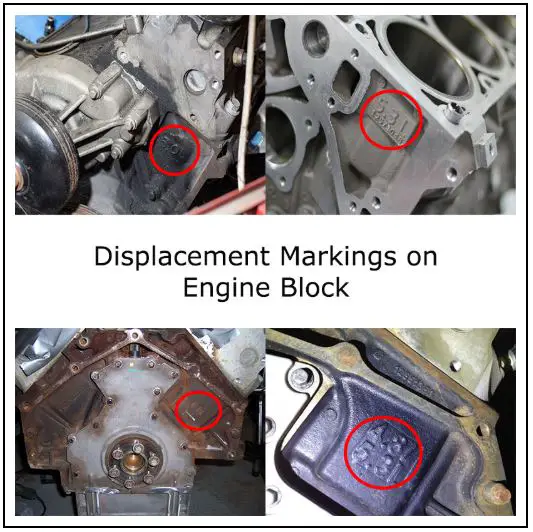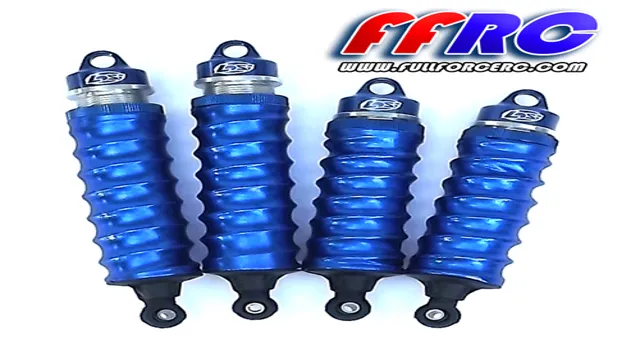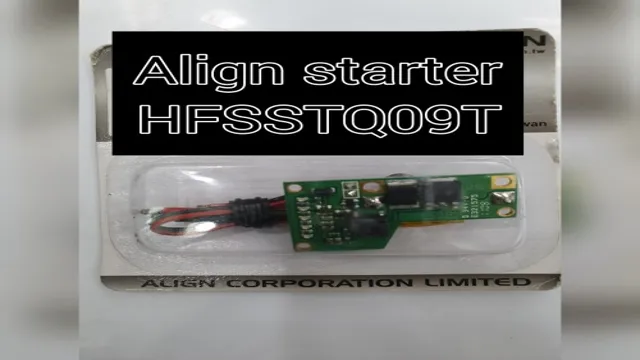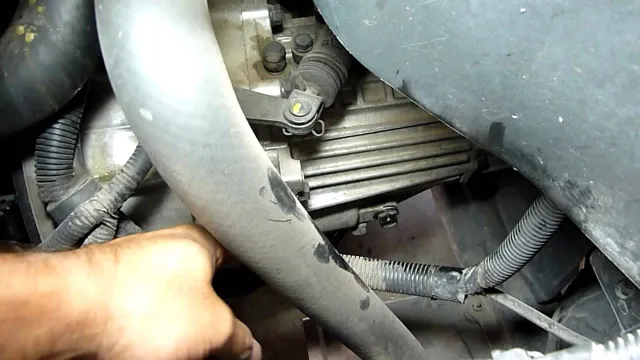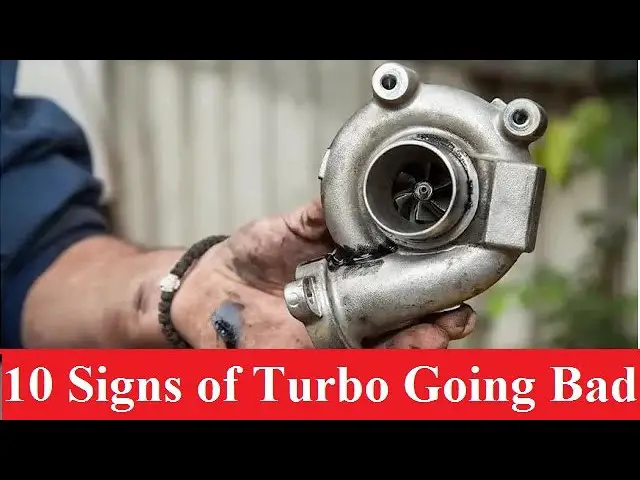How to Tell 5.3 & 6.0 Vortec Apart: Quick Identification Guide
Are you considering purchasing a vehicle with a Vortec 5.3 or 6.0 engine? It’s important to be able to distinguish between the two to make an informed decision. In this guide, we’ll explore the key differences between the 5.3 and 6.0 Vortec engines to help you make the right choice.
Engine Specifications
The Vortec 5.3 and 6.0 engines are both popular choices in GM vehicles, offering different performance capabilities. Here’s a quick comparison of their specifications:
| Engine | Displacement | Horsepower | Torque |
|---|---|---|---|
| 5.3 Vortec | 5.3 liters | 355 hp | 383 lb-ft |
| 6.0 Vortec | 6.0 liters | 360 hp | 380 lb-ft |
Identifying the Engine
So, how do you tell if a vehicle has a 5.3 or 6.0 Vortec engine? Here are a few methods to help you identify the engine:
- Check the emissions sticker under the hood: The emissions sticker usually states the engine specifications, including the displacement, which can help you determine the engine size.
- Look for casting numbers: The 5.3 and 6.0 Vortec engines have different casting numbers, which can be found on the engine block.
- Consult the vehicle’s documentation: The owner’s manual or vehicle registration documents may provide information about the engine size.

Credit: m.youtube.com
Visual Differences
Visually, the 5.3 and 6.0 Vortec engines may have subtle differences that can help you distinguish between the two:
- Engine cover: The engine cover or intake manifold may have the engine size labeled on it, providing a clear indication of the displacement.
- Badging: Some vehicles may have specific badging or emblems that indicate the engine size, such as “5.3” or “6.0” displayed on the exterior.
Performance and Driving Experience
When it comes to performance, the 5.3 and 6.0 Vortec engines offer distinct driving experiences:
- 5.3 Vortec: Known for its balance of power and fuel efficiency, the 5.3 engine is popular for daily driving and light towing applications.
- 6.0 Vortec: With its larger displacement, the 6.0 engine delivers enhanced towing capacity and robust performance, making it suitable for heavier loads and towing tasks.
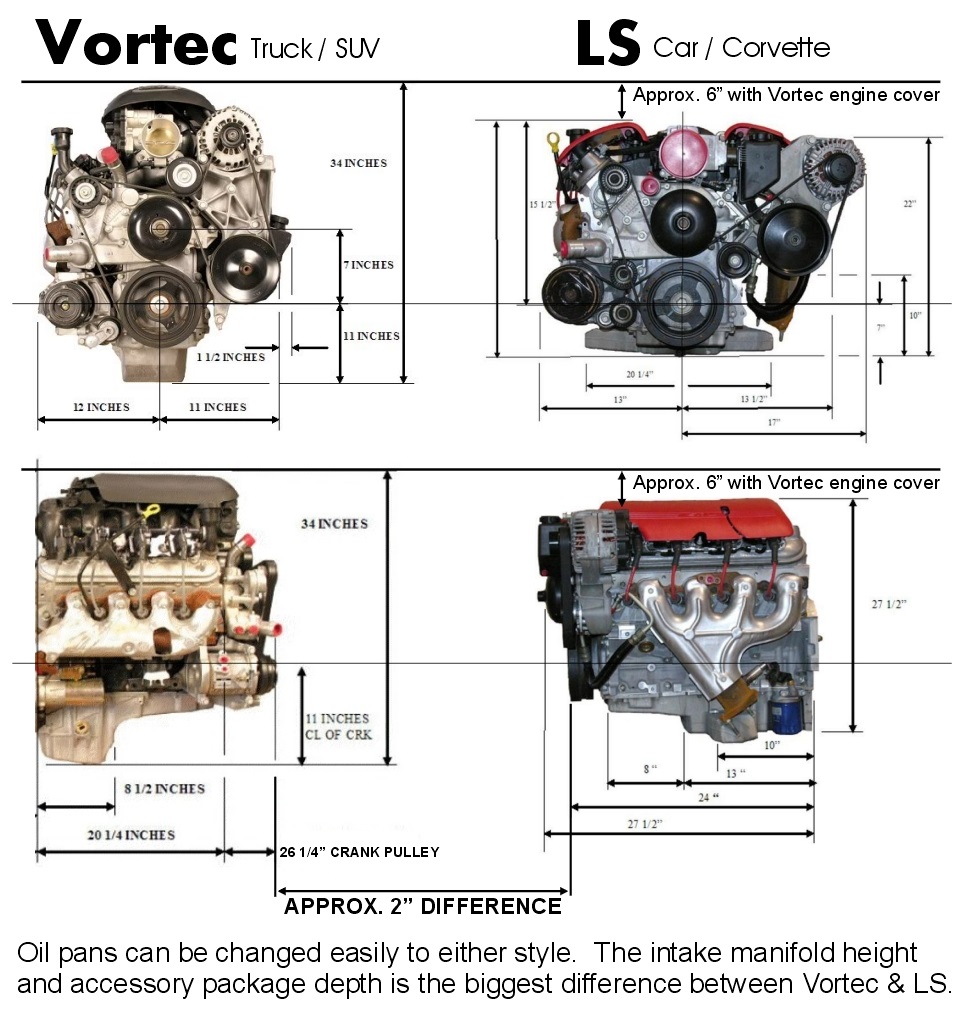
Credit: bdturnkeyengines.com
Aftermarket Modifications
If you’re interested in modifying your Vortec engine, it’s essential to consider the differences between the 5.3 and 6.0 engines:
- Compatibility: Some aftermarket parts and performance upgrades may be specific to either the 5.3 or 6.0 engine, so understanding your engine size is crucial for selecting the right modifications.
- Power potential: The 6.0 engine, with its larger displacement, has greater potential for power gains with certain modifications compared to the 5.3 engine.
Frequently Asked Questions
Are 6.0 And 5.3 Cranks The Same?
No, 6. 0 and 5. 3 cranks are not the same.
Is The 4.8, 5.3, And 6.0 The Same Block?
Yes, the 4. 8, 5. 3, and 6. 0 are all part of the Gen III family of engines and share the same block design. However, they differ in terms of bore size, stroke length, and other features. It is important to identify which specific engine is being referred to in order to determine any differences.
What Vehicles Have A 6.0 Vortec?
The 6. 0 Vortec engine can be found in vehicles such as the Chevrolet Silverado, GMC Sierra, Suburban, and Yukon.
What Year Did Chevy Put 6.0 In Trucks?
Chevy started putting 6. 0 engines in trucks in the year [insert year here].
Conclusion
Being able to differentiate between the 5.3 and 6.0 Vortec engines is essential for making an informed vehicle purchase and understanding the performance capabilities of your engine. By considering the specifications, visual cues, and performance differences, you can confidently identify and appreciate the unique characteristics of each engine.

